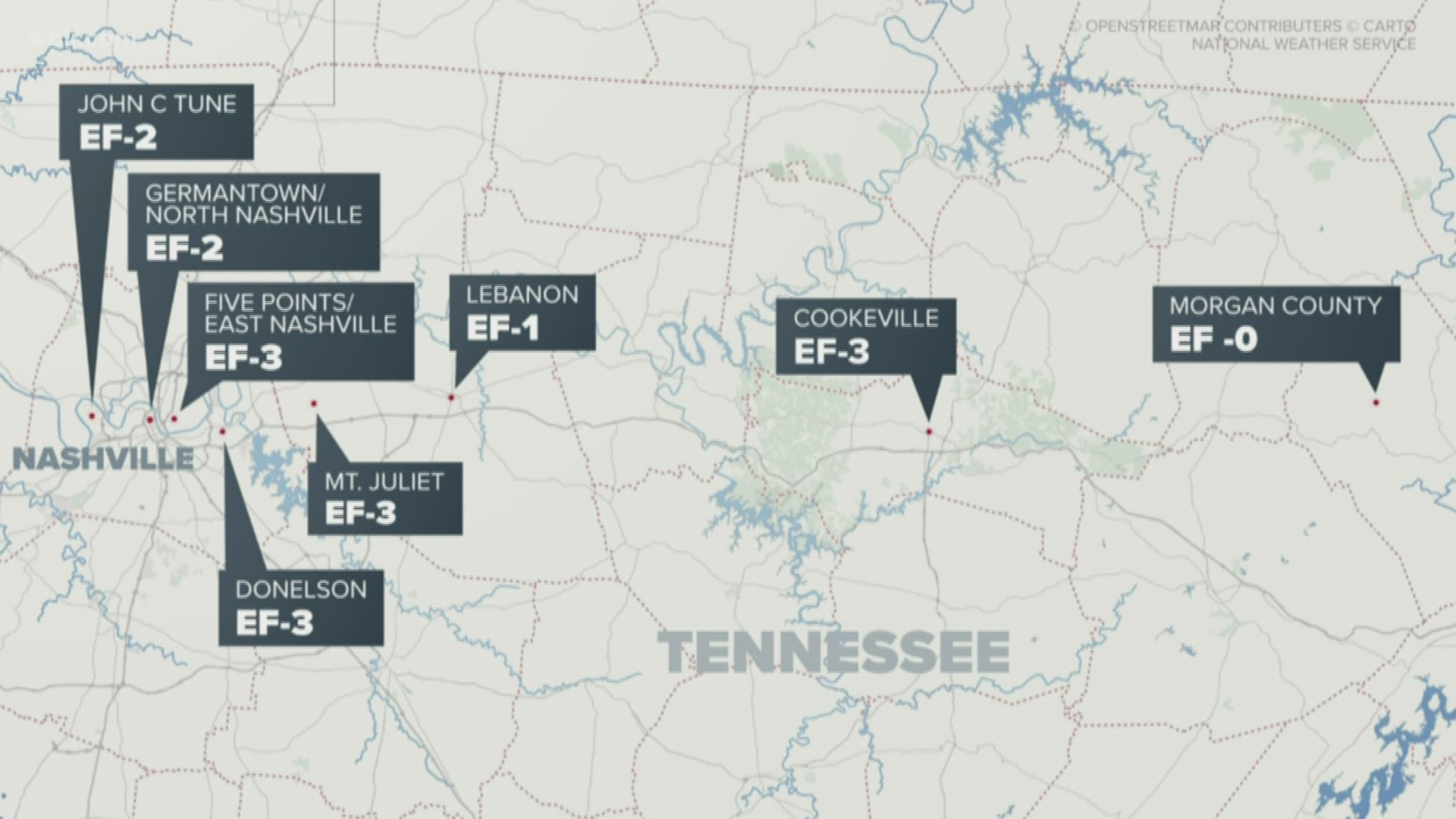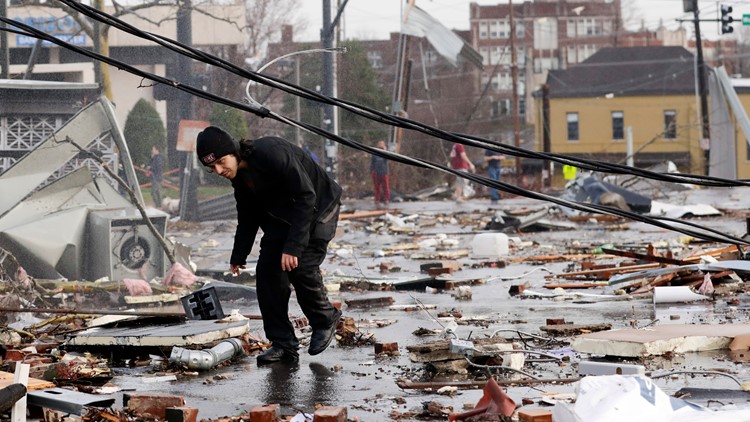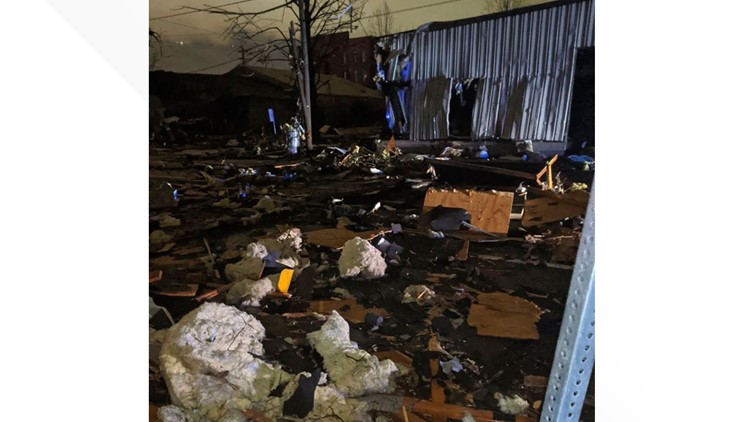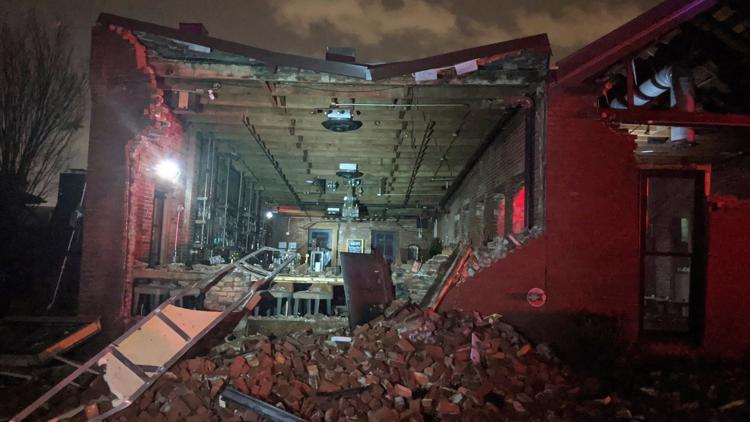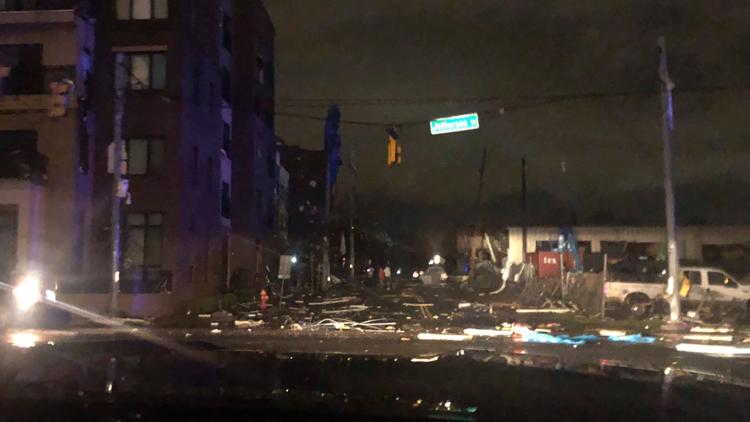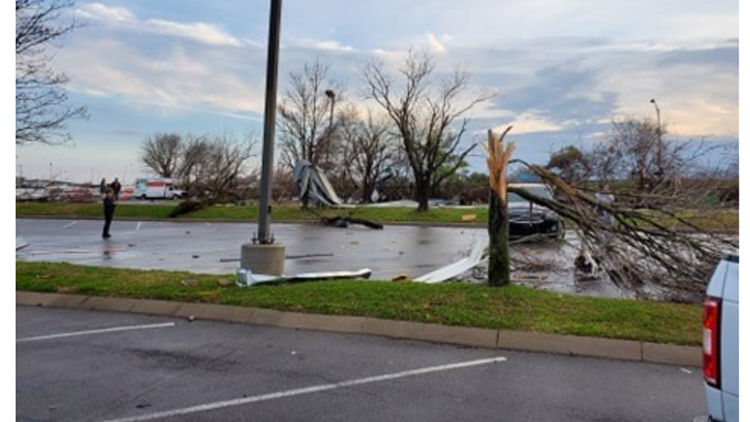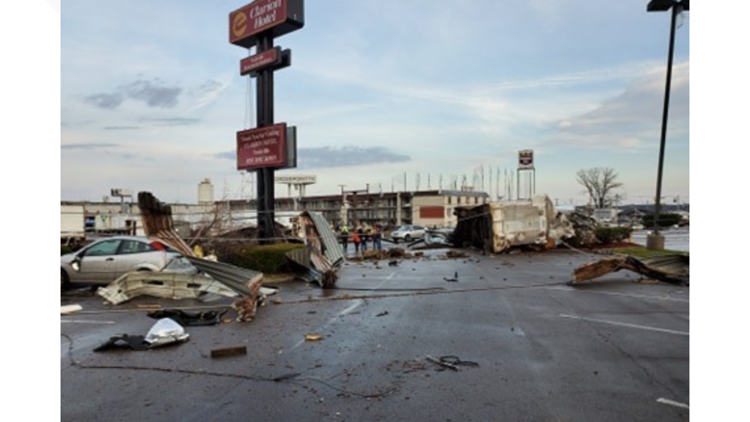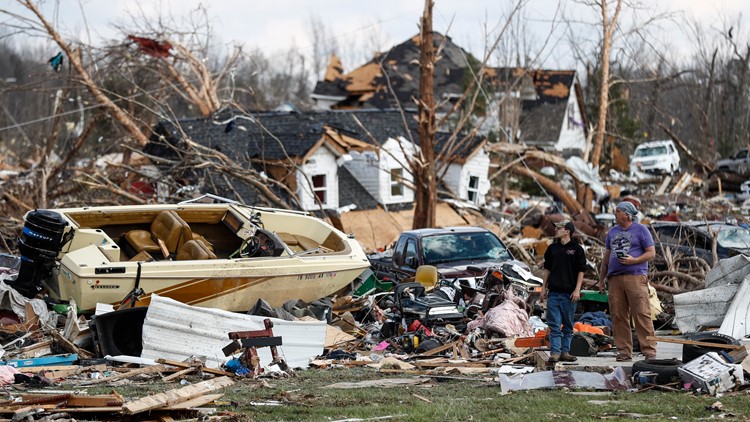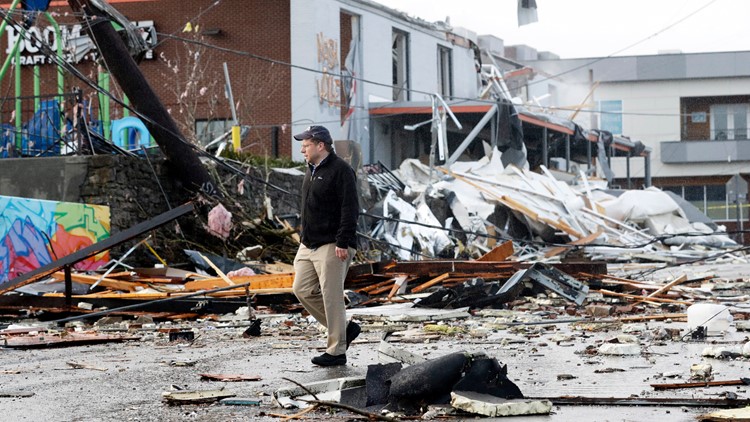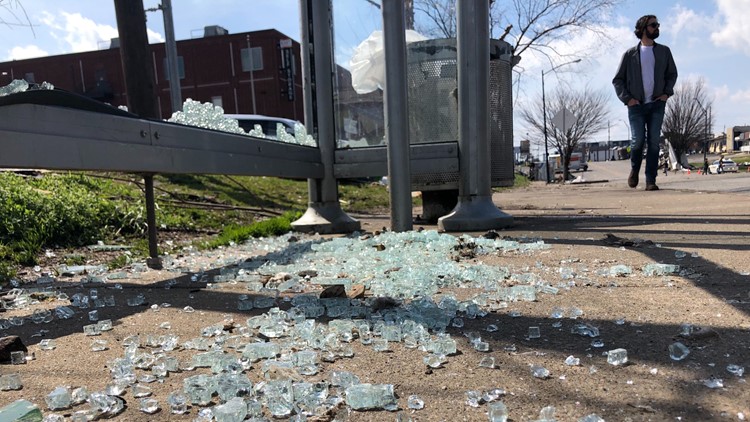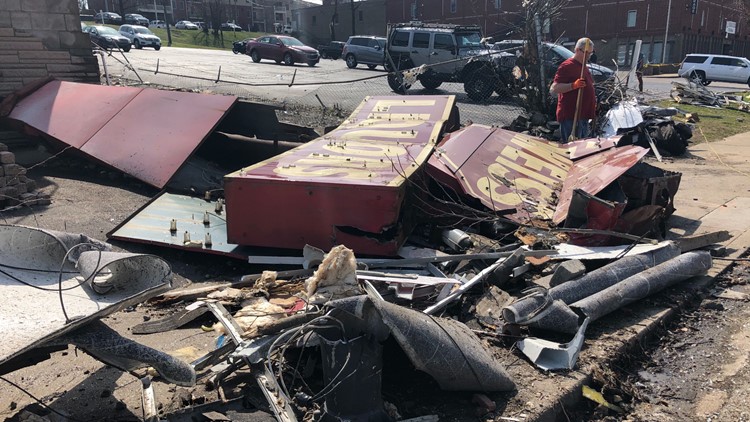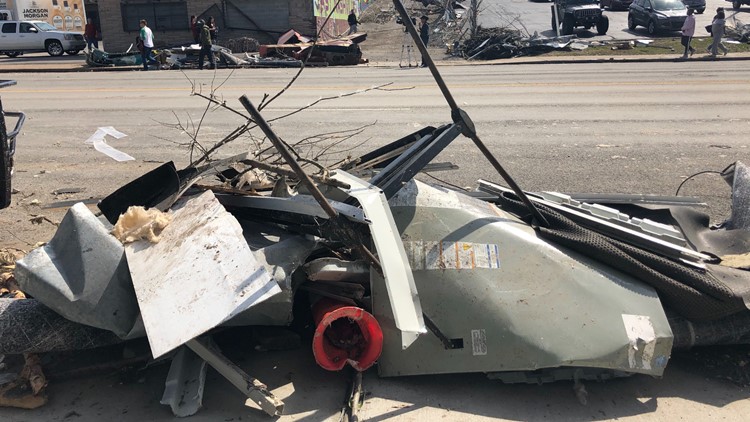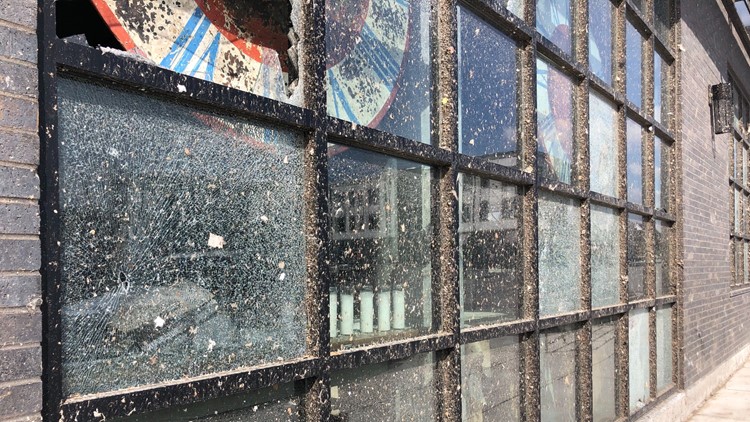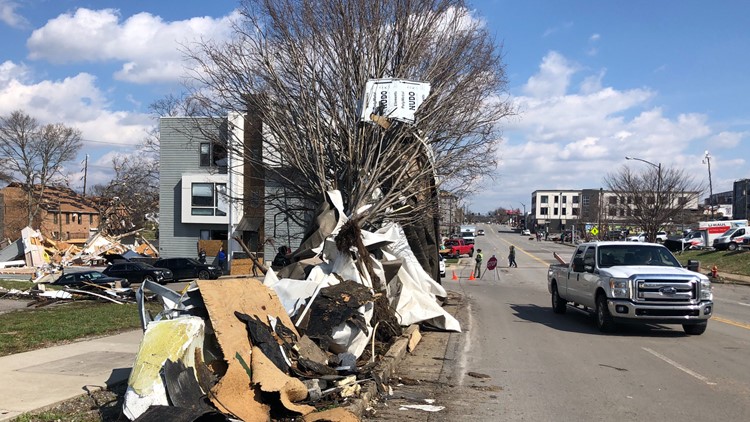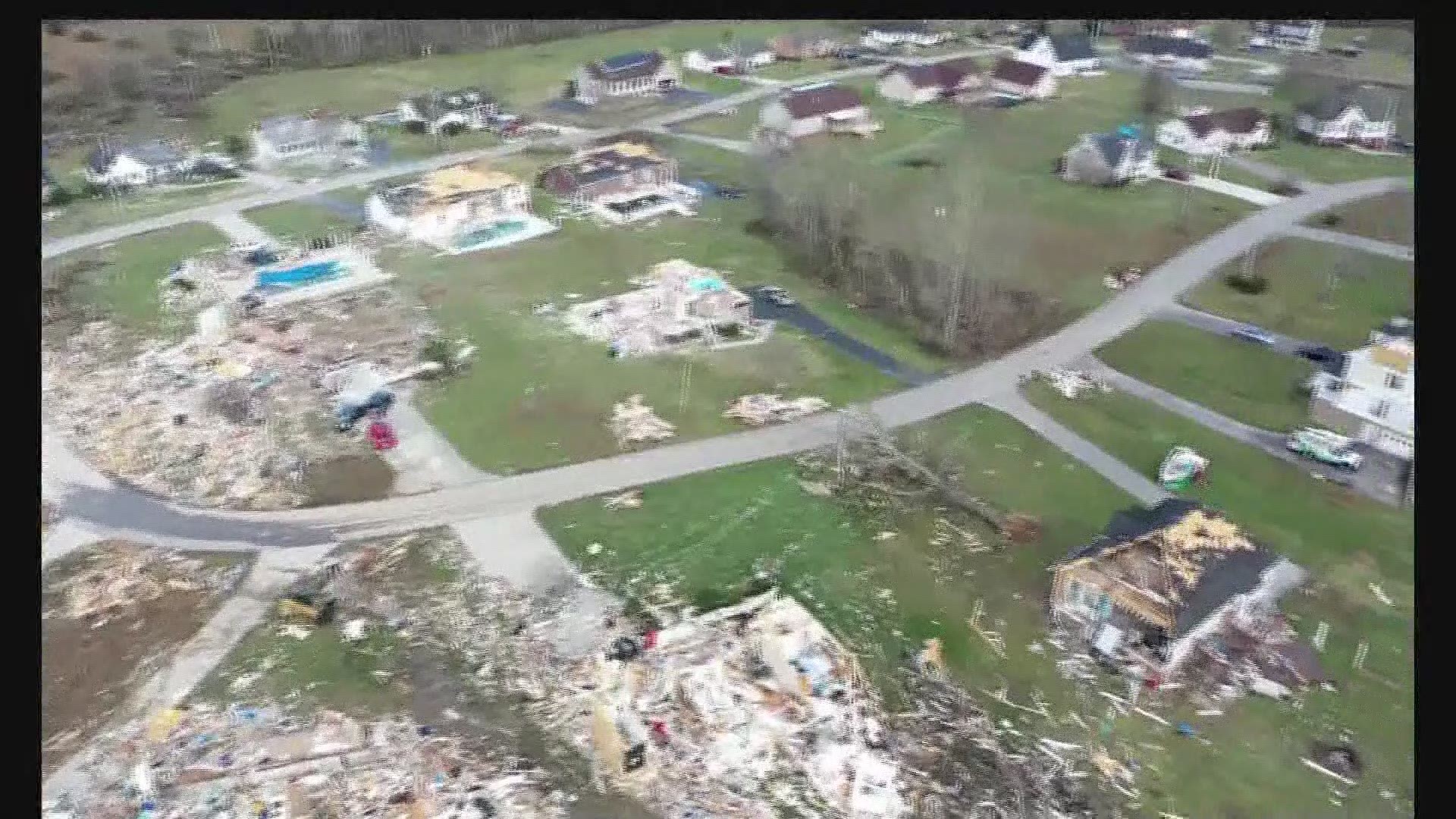On March 3, at least two tornadoes struck Middle Tennessee, one in the Nashville metro area and the other about eighty miles east near Cookeville.
In all, 24 people were killed.
Downtown Nashville suffered heavy damage when the tornado ripped through, and at least forty buildings collapsed. Two people were killed in Davidson County.
There are 18 reported fatalities in Putnam County, according to TEMA. Three people died in Wilson County and one in Benton County.
Tornadoes aren't that uncommon in Tennessee, but this death toll is higher than usual. Why were these tornadoes so deadly?
RELATED: Remember their names | Family, friends share memories of lives lost in Putnam County tornado
Strength and track
First of all, the strength of a tornado is measured by wind speeds.
The Nashville tornado was an EF-3, with wind speeds up to 165 miles per hour. The National Weather Service is still evaluating but thinks the tornado in Cookeville was at least an EF-3. That's enough to level well-constructed homes and large buildings, and it did.
PHOTOS: Tornado damage in Nashville
In addition, the NWS said Wednesday that it was actually one tornado that traveled more than fifty miles on the ground that did the damage in the Nashville metro area. The longer a tornado is on the ground, the more destruction it can cause.
Traveled over populated areas
The more people that are concentrated in an area where a tornado hits, the more potential victims there are.
One tornado actually hit heavily populated downtown Nashville, and even when it traveled into more suburban areas, there were entire neighborhoods in its path.
The other destroyed several subdivisions in the area around Cookeville.
Tornados that hit, say, the middle of the Smoky Mountains or very rural areas with scattered homes, kill or injure far fewer people.
It happened at night
The storm struck Nashville around 1 a.m. local time. The tornado hit Putnam County around 2 a.m. Most people were sleeping and didn't see alerts or wake up to alarms. They didn't have time to take cover.
Tornadoes that happen at night are twice as deadly as those that happen during the day.

